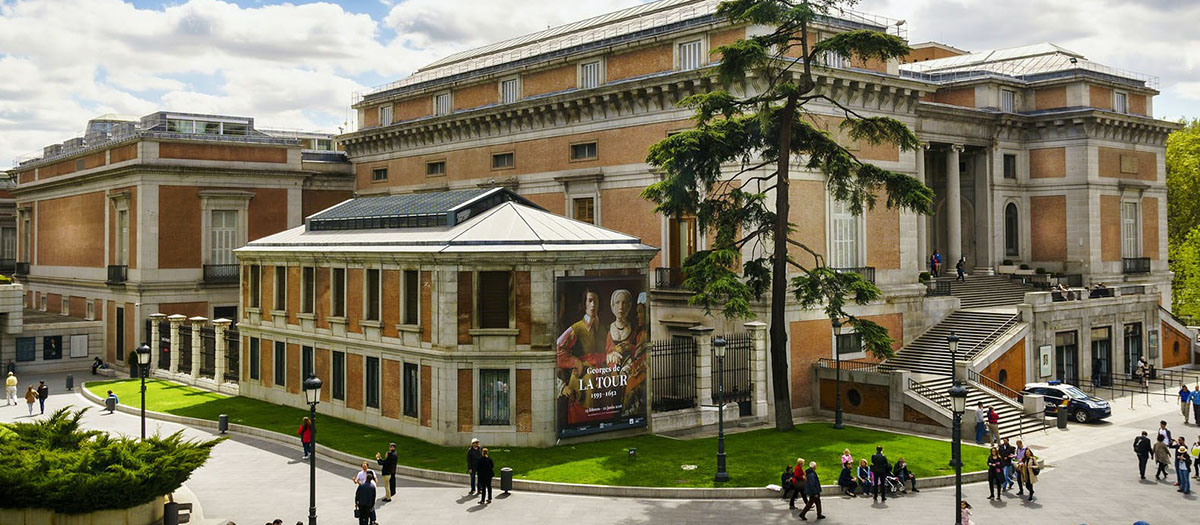
One of the most important and most visited museums in the world is the Prado Museum, in Madrid. You cannot go on a trip to the Spanish capital and not take a tour of this great museum which is, without a doubt, one of the most important, if not the most important, in terms of european painting.
It has thousands of objects, including paintings, drawings, prints, sculptures, weapons, coins, medals, books, maps... Thinking then about its magnificent collections, today we will see that see in the Prado Museum to take advantage of the visit.
The Prado Museum
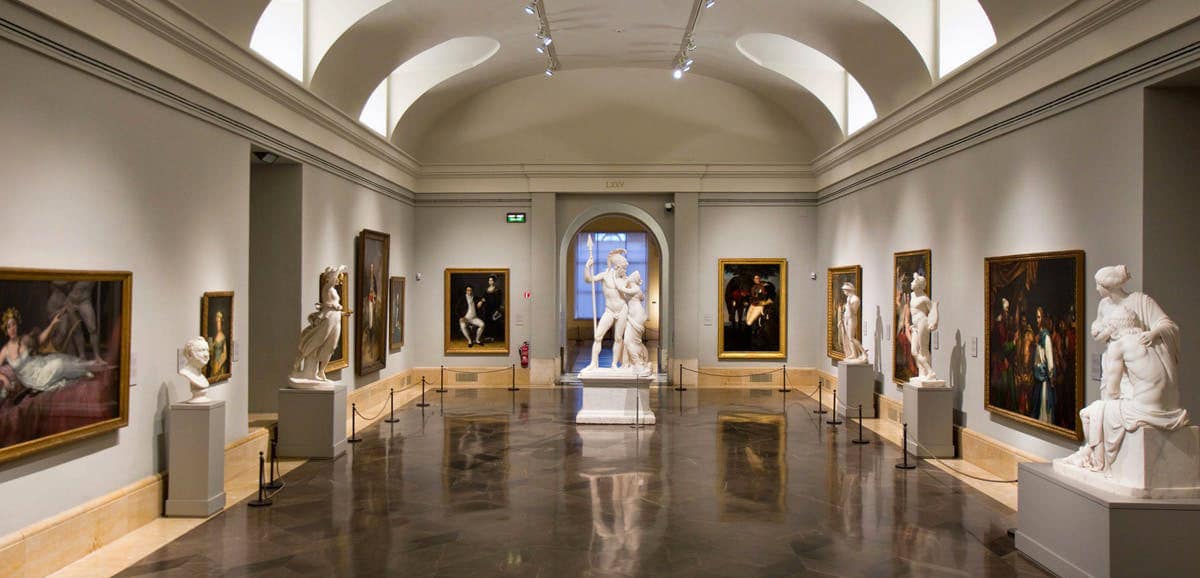
The museum operates in an elegant building that it was originally built to be the Royal Cabinet of Natural History, in times of King Carlos III and Carlos IV. Before being able to function, Spain was invaded by France and after the War of Independence everything new that it had was left in ruins. Only later, in the times of Fernando VII and Isabel de Braganza, did the repair work begin.
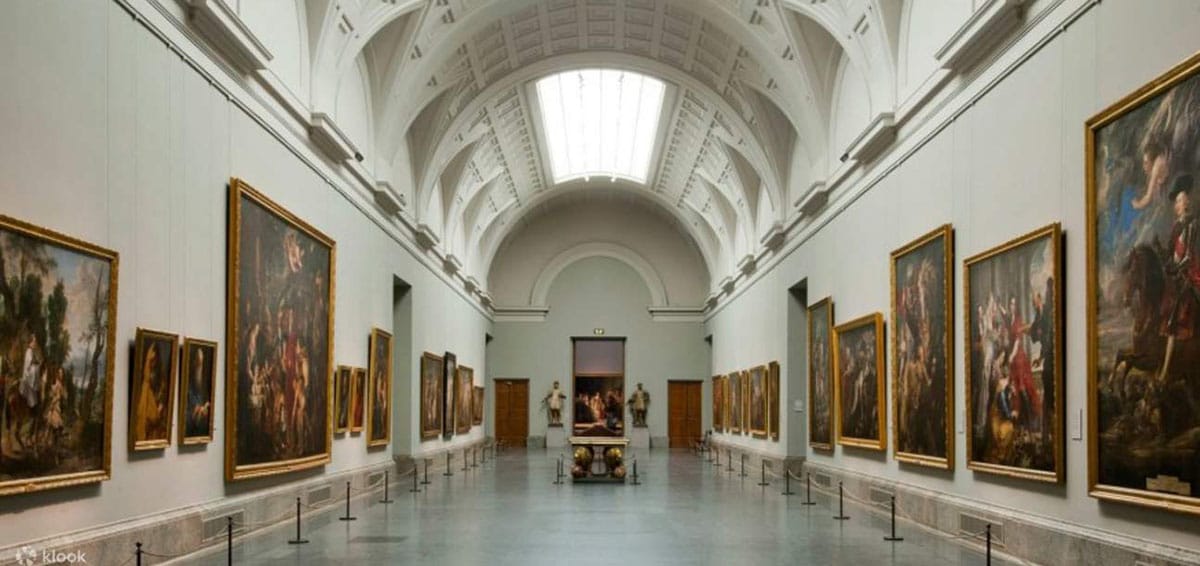
Thus, in 1819, the Royal Museum of Paintings was born, inspired by the Louvre, being one more dependency of the Crown Heritage. The tie with the crown ended in 1868. when Elizabeth II was dethroned and the building and its collections became Assets of the Nation. The museum was renamed the National Museum of Painting and Sculpture until 1929, the year in which it finally acquired the name by which we know it: Museo Nacional del Prado.
From then on he began to enrich his collections, from other dissolved museums, from public and private institutions and sometimes from embassies and consulates in the rest of the world. But the luck of the museum accompanied that of the country: little state investment, the Civil War, the tourist boom that challenged its facilities and others. Already in the 2005st century the museum received funds and the works between 2007 and XNUMX gave it a deserved larger space.
What to see in the Prado Museum
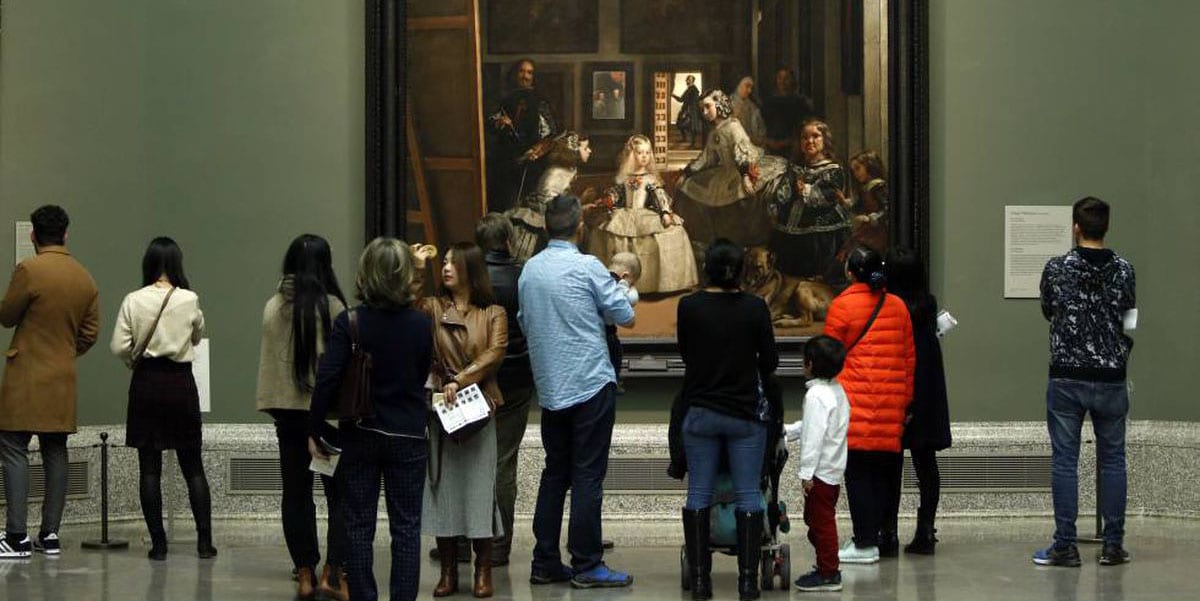
We can start with the works of Diego Velazquez So the collection is great. The great master of Seville, one of the best Spanish painters of all time, is super represented here.
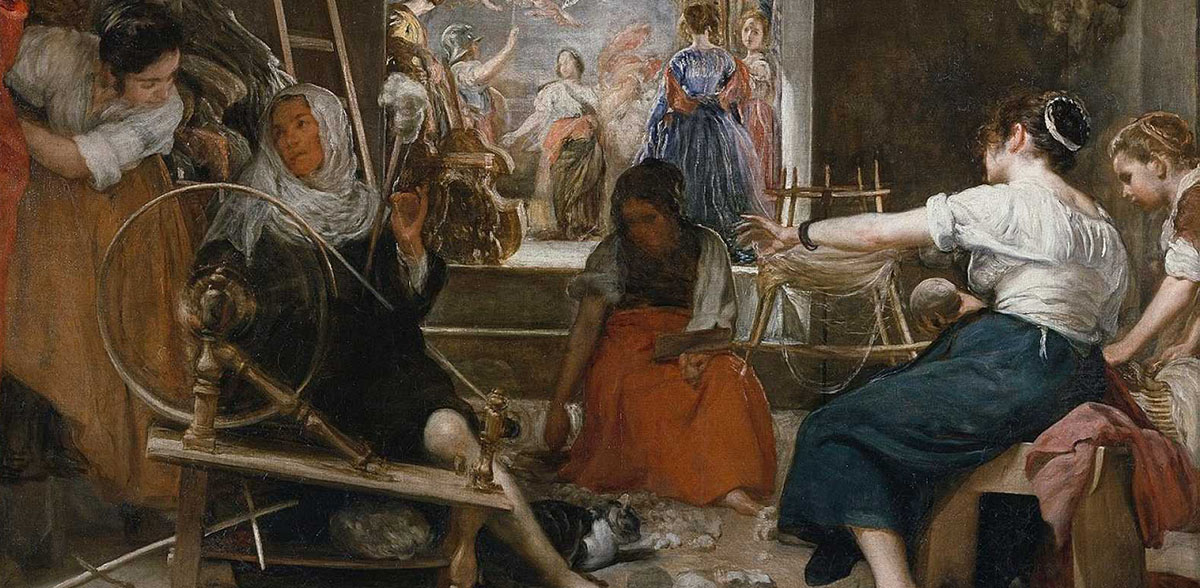
Influenced by Italian and Flemish art, known for not making many sketches or preliminary studies, his art is unique and rare for its time. Here in the Prado Museum you must see Las Meninas, The Triumph of Bacchus, Christ Crucified, Las Hilanderas, The surrender in Breda or Apollo in the Forge of the Volcano. Las Meninas is undoubtedly his masterpiece, the portrait of Princess Margarita and her maidens that, when one gets closer and looks better, gains complexity everywhere.
Francis Goya is also important here. Goya, from a very modest Aragonese village, became the most important artist of his generation, although his last years were spent in exile. But the Prado has many of his works.

You can follow his path from his early, vibrant portraits to his later, much more somber works. here you can see The family of Carlos IV, The Naked Maja and the Clothed Maja, on May 2 and 3, 1808, the Black Paintings. This last work is wonderful, painted directly on the wall of his house on the outskirts of Madrid, near the end of his life, when he was disillusioned with politicians and society.
La collection of Flemish art, hailing from what is now Belgium and the Netherlands but was then part of the Austro-Hungarian Empire, is also very well represented. In fact, the Prado has one of the best collections of Flemish art in the world.

Here is a very nice collection of Rubens and Hieronymus Bosch, van der Weyden or Rembrandt. In this sense, you cannot miss Bosch, The Garden of Earthly Delights, The Descent from the Cross, by Rogier van der Weyden, by Peter Paul Rubens, the Birth of the Milky Way and the Three Graces, and by Rembrandt, Artemis. The Garden of Earthly Delights is simply wonderful, it looks like science fiction and they say it may have been an inspiration for Dalí's surrealism.
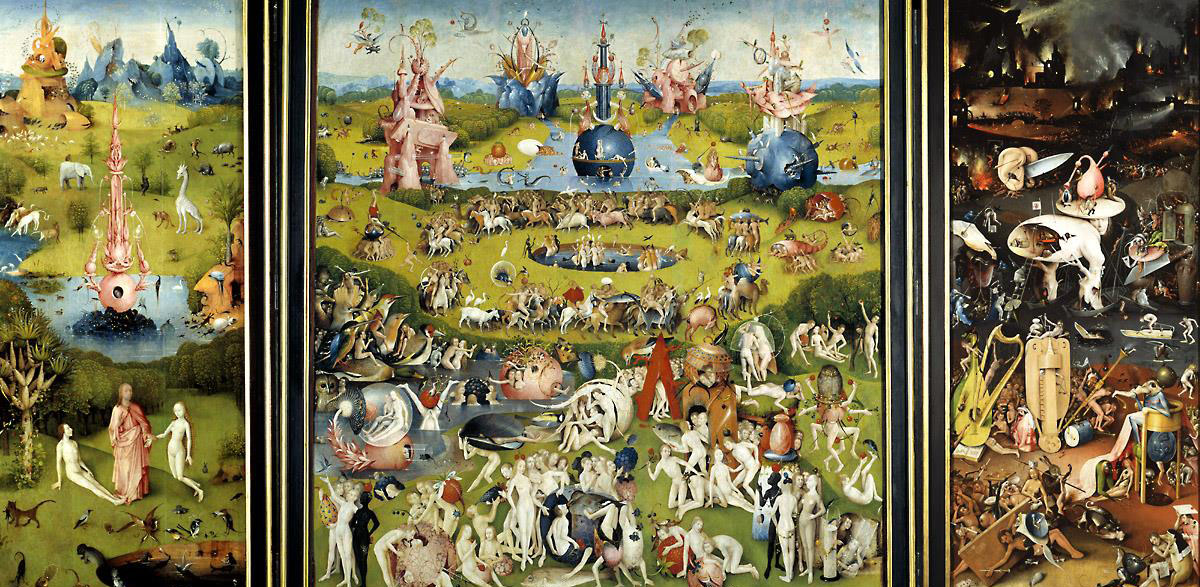
La Italian art collection It is important. Italian artists have always been key in the royal collections of Spain. Let us remember that Carlos V brought Titian from Venice to court, or how Philip IV sent Velazquez to Italy to buy works to expand his collection. The influence of these activities lasted for centuries and influenced Spanish art.
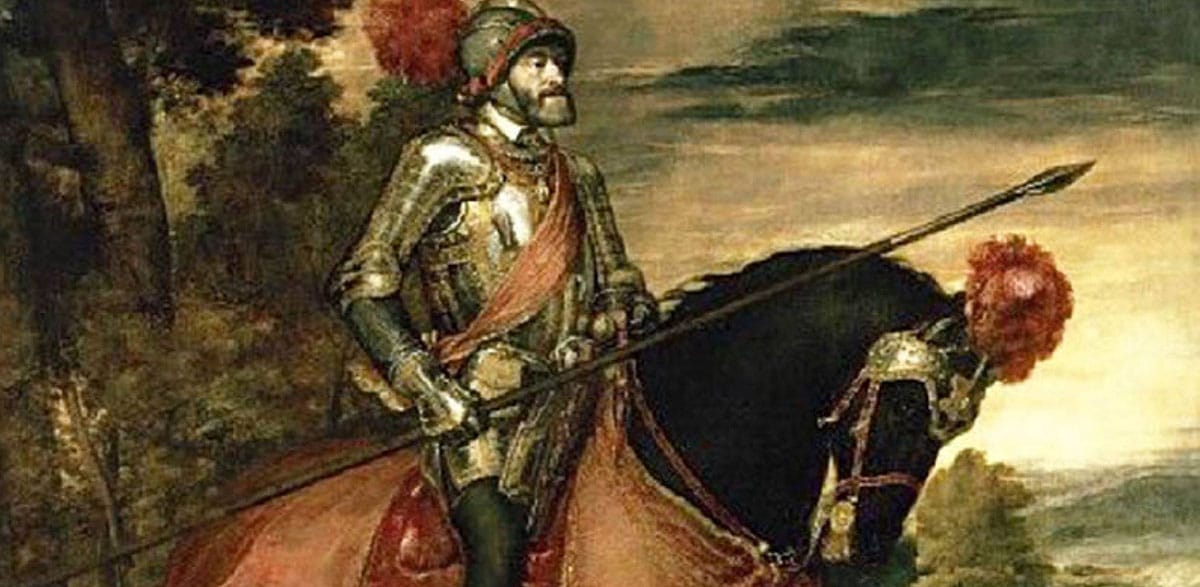
In this sense, the works that you cannot stop admiring are The Annunciation, Fra Angelico, Titian, Equestrian portrait of Carlos V and Venus and Adonis, from Rafael, the Annunciation, the Golden Shower and the Welcome of Danaë. The equestrian portrait takes all the applause, it is a masterpiece.
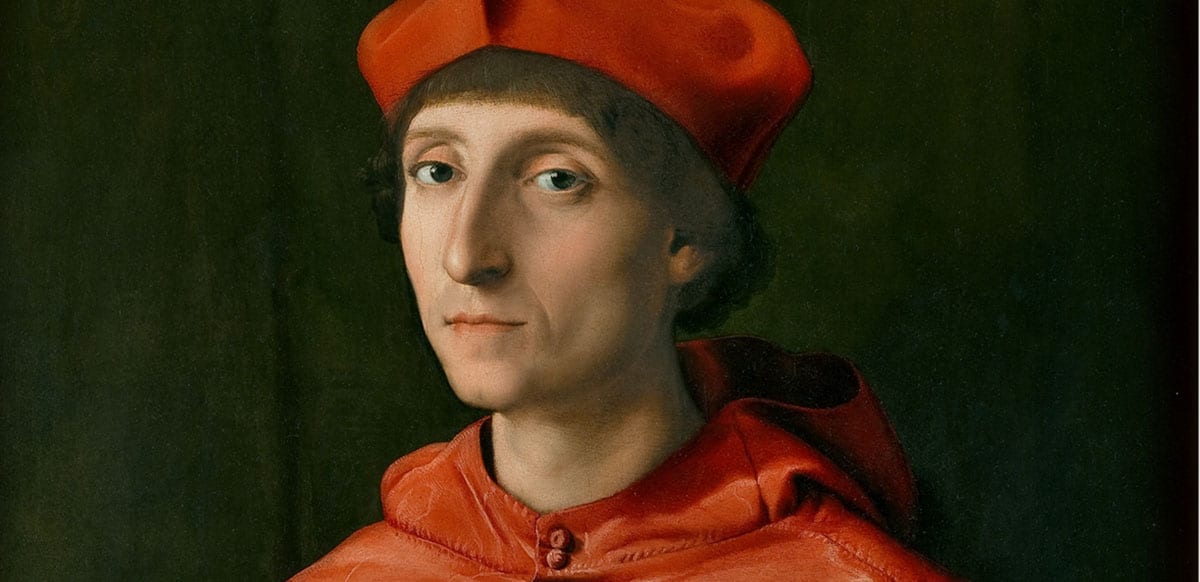
So far we have talked about general currents, but what other important works can we see? Okay, the museum has treasures and some hidden gems also. If you like art and have time, do not hesitate to contemplate Dead Christ supported by an angel, by Antonello, The Cardinal, by Raphael, painted around 1513, Charles IV and his family, by Goya, the Portrait of Philip II, from the XNUMXth century and made by a woman, Anguissola, Italian taken to Spain by the Duke of Alba as a lady-in-waiting to the queen.
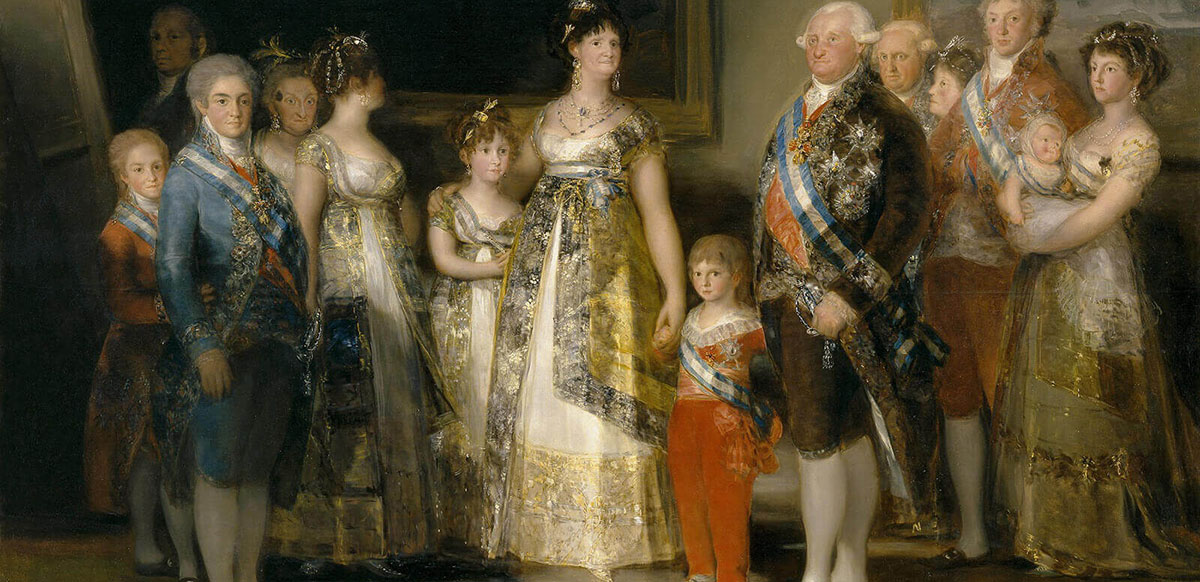
His work was attributed to a man until 1990! Among other hidden gems you can see the Dolphin's Treasure, A series of decorative vessels that Philip V brought from Versailles. She spent a lot of time in a basement of the museum but today she has a place of honor in the North Bull of the Goya wing, of the Villanueva Building. These pieces are made of glass, metals and precious stones and are beautiful and luxurious.
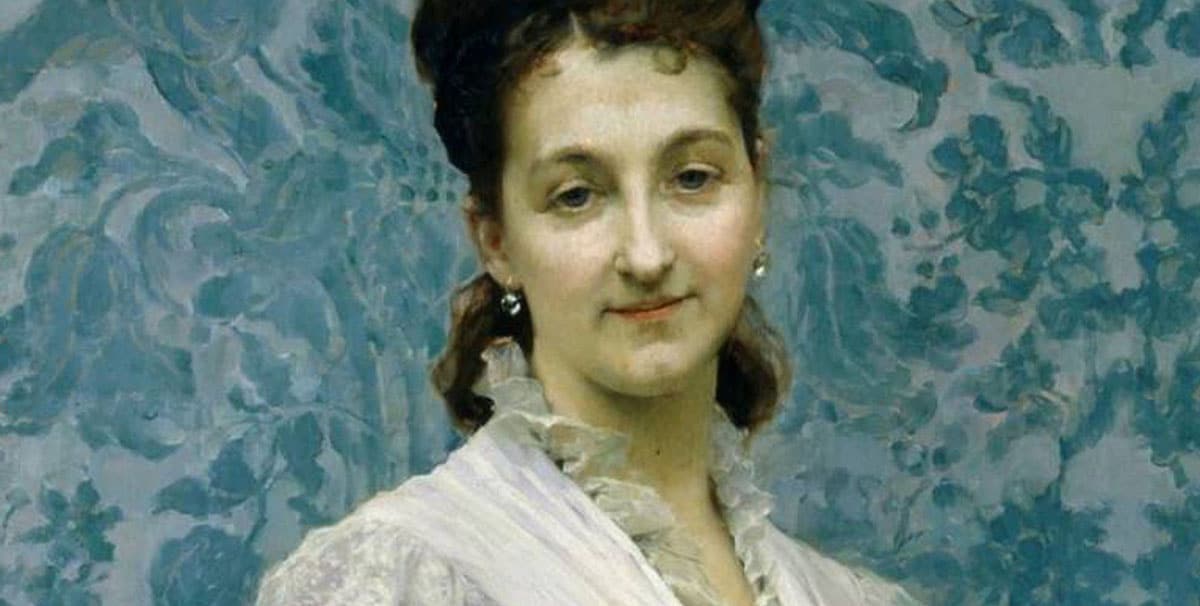
The Immaculate Conception It is a work from the XNUMXth century, commissioned by King Carlos III to Tiepolo for his church in Aranjuez, in 1767. Here the Virgin Mary is seen as a strong and not delicate woman, with personality and strength. Contrary to how she usually represents her. Another beautiful painting is Portrait of Josefa Manzanedo, made by Raimundo de Madrazo, from a family of artists.
Madrazo came from a family with four generations of painters, and although at some point his works fell out of fashion, they really are of great quality! And this portrait is an example: the marquise and expatriate in Paris, with that dress of hers and that wall behind her, full of flowers, it's wonderful.
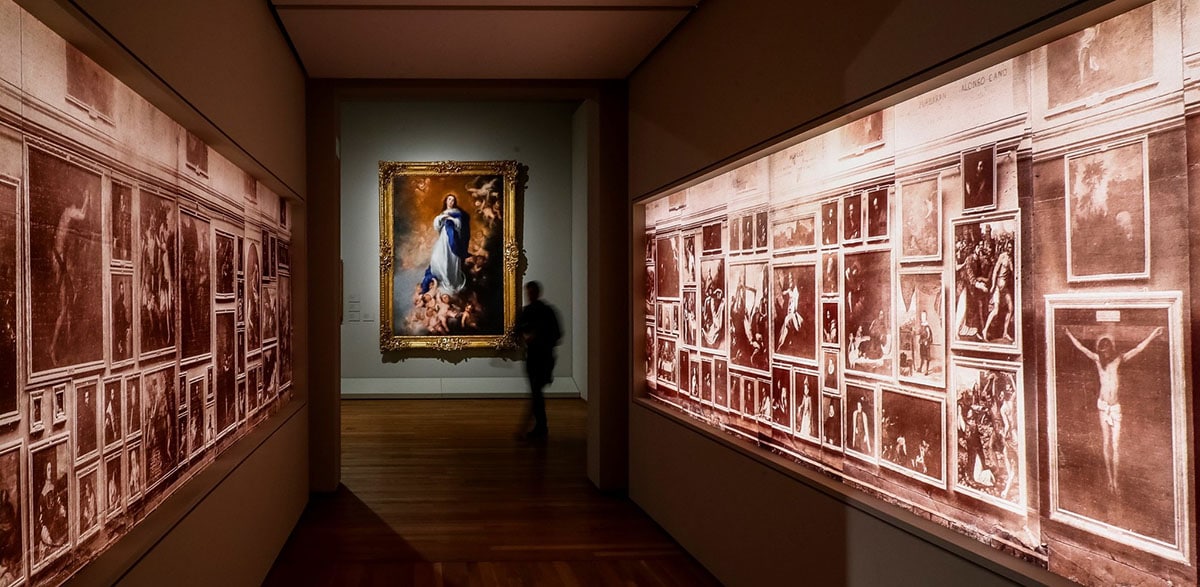
Basically, write down this data: You can find the main works by Titian and Rubens between rooms 25 and 29; those of the Renaissance between rooms 49 and 58; those of El Greco and Velázquez, between 8 and 12; Goya and his Black Paintings in rooms 32, 36 and 67.
Practical information:
- Opening hours: Monday to Saturday open from 10 am to 8 pm. Sundays, January 1, May 1 and December 25, from 10 am to 7 pm; January 6 and December 24 and 31, from 10 am to 2 pm.
- The best time to visit is in the afternoon. Think of three hours of travel.